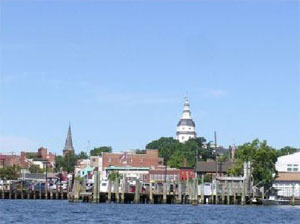 Annapolis is often referred to as “America’s Sailing Capital.” It is easy to see how it earned this nickname when you enter the harbor. Sailing yachts and motoring yachts of all sizes filled the waterfront. Water taxis transport the vessel occupants back and forth to the wharf although many yacht owners use their own dinghy—a small rowboat sized boat used to transport yacht occupants to shore.
Annapolis is often referred to as “America’s Sailing Capital.” It is easy to see how it earned this nickname when you enter the harbor. Sailing yachts and motoring yachts of all sizes filled the waterfront. Water taxis transport the vessel occupants back and forth to the wharf although many yacht owners use their own dinghy—a small rowboat sized boat used to transport yacht occupants to shore.
Annapolis is the location of the United States Naval Academy so sailing is definitely an integral part of the city. The first leg of our journey by sea was complete.
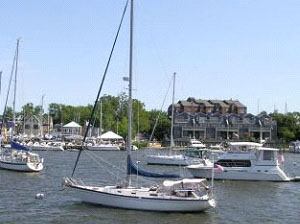 The city dock area was recently renovated. Among the upgrades is a new 960-foot bulkhead that wraps around Susan C. Campbell Park to the U.S. Naval Academy’s Gate Zero. Other changes include: new piers along Ego Alley to accommodate larger boats; a replaced boardwalk; and a redesigned, leveled, and repaved Susan C. Campbell Park, complete with a raised stage for U.S. Naval Academy concerts. It is at the top of our list of the most picturesque dock areas along the Chesapeake and Atlantic Coast.
The city dock area was recently renovated. Among the upgrades is a new 960-foot bulkhead that wraps around Susan C. Campbell Park to the U.S. Naval Academy’s Gate Zero. Other changes include: new piers along Ego Alley to accommodate larger boats; a replaced boardwalk; and a redesigned, leveled, and repaved Susan C. Campbell Park, complete with a raised stage for U.S. Naval Academy concerts. It is at the top of our list of the most picturesque dock areas along the Chesapeake and Atlantic Coast.
The city also has a rich architectural past; in fact it is able to boast that it has more surviving 18th-century buildings than any other city in America.
Annapolis is the capital of Maryland and the county seat of Anne Arundel County. The town is named for Princess Anne, the wife of Lord Baltimore. Her name plus the addition of the Greek word for city equals Annapolis, or Anne’s city. Annapolis is a royal chartered city, so designated under Queen Anne of Great Britain in 1708. Few American cities can claim that royal distinction. It was also known as the ‘Athens of America’ due to its wealth of cultural activities, gracious hospitality and bustling seat of government.
Yes, Annapolis is a city of history and one of the main reasons why visitors come to the city. George Washington resigned as General of the Army in Annapolis State House on December 23, 1783. By declining a suggestion that he be appointed King, he firmly established the grand American experiment, representative democratic government, which we still enjoy today. How different this wonderful country of ours would be if his ego had allowed him to become king.
This port city served as the temporary capital of the United States following the Treaty of Paris in 1784. The Treaty of Paris ended the Revolutionary War. Congress met in Annapolis for approximately nine months after the treaty was signed in the State House on January 14, 1784. The Maryland State House is the oldest continually used legislative building in the U.S. The domed landmark overlooks the old city. The State House was closed for renovations, but it reopened in 2009 for the beginning of the legislative session opened.
You might want to start bringing the past three centuries of the city alive by visiting History Quest, a complete welcome and orientation center, located at 99 Main Street in the downtown harbor area. A knowledgeable, helpful staff will assist you in choosing the top historical tours, venues and events. There are also multimedia presentations and captivating exhibits within the History Quest building. Go to www.annapolis.org for more information.
The state had four men who signed the Declaration of Independence and all four had homes in Annapolis—Charles Carroll, Samuel Chase, Thomas Stone, and William Paca. Three of these history filled homes are open to the public.
Be sure to take the docent-guided tour of the William Paca House and Gardens at 186 Prince George Street. You will step back in time as you learn about William Paca’s influence to Annapolis and America. He and his family lived in this beautifully restored house. Take the time to stroll leisurely through the adjacent gardens and you will become lost in the time period. Call 410-267-8146.
One cannot visit Annapolis without taking a tour through the United States Naval Academy. The academy was founded by Secretary of the Navy George Bancroft and officially opened on October 10, 1845. It has been part of Annapolis for more than half of the city’s incorporated history. Today the Naval Academy occupies 338 acres, has a faculty and staff of about 1200 and trains about 4,400 midshipmen. Don’t miss this opportunity to see where our future naval officers live and prepare for careers in the United States Navy.
If you come by sea—and remember, all of the first European visitors arrived by sea—you will want to visit the Annapolis Maritime Museum. There visitors learn how the early settlers used their small hand-built boats to harvest crabs, fish and oysters from the bay. Annapolis was an important port where a great assortment of items were unloaded from European ships.
Many of these ships brought slaves to the city. Kunta Kinte, the slave made famous by Alex Haley’s book “Roots,” arrived by ship in 1767. There is a statue dedicated to Haley located in the harbor area; the figure is reading a book to young children who are lying on the ground listening to his words. The three children represent different ethnic backgrounds.
Come to Annapolis and walk along the streets and alleys that the founders of our nation once walked. Put your ear against a building and you just might hear their voices echoing the passion and vision that built the foundation of a new nation. Whether you come by land or sea you won’t be disappointed when you visit the Sailing Capital of the U.S., Annapolis Maryland.
By Bud Cole


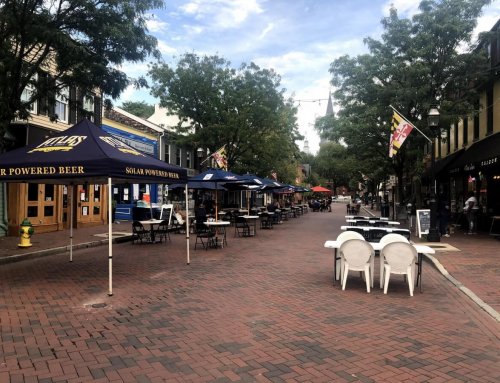
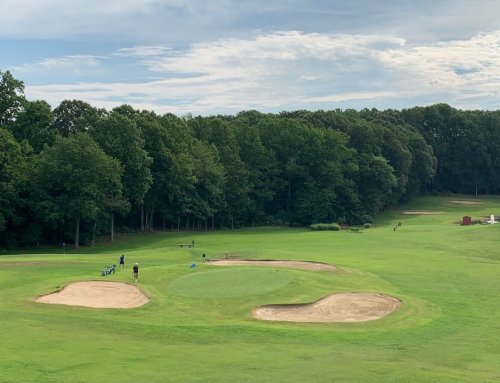
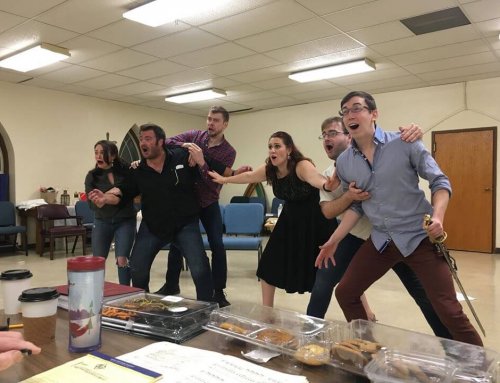
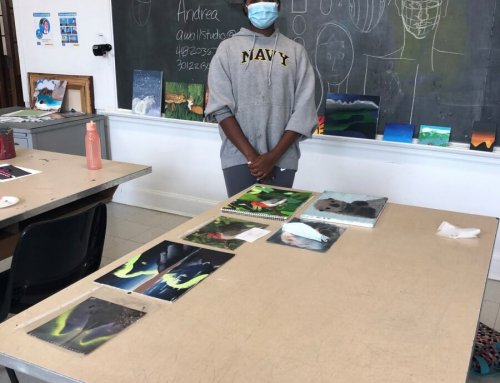
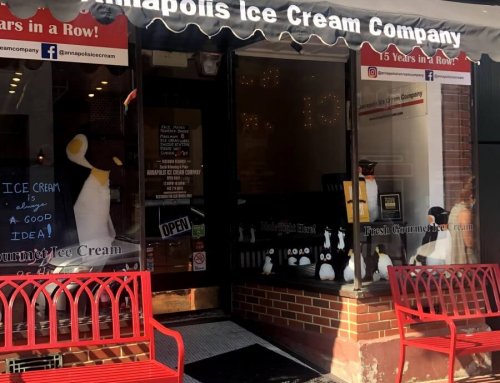
Would like to book mooring ball in Spa Creek for Oct 9-13 2010 How can I do this? We have 30 ft Sailboat coming for boat show.
They don’t reserve moorings, they are available on a first come, first served basis. A lot of them will be taken up by the boat show, it is hard to find a vacancy.
Try contacting the Harbor Master: http://www.annapolis.gov/ContactUs/ContactDepts.aspx#harbor